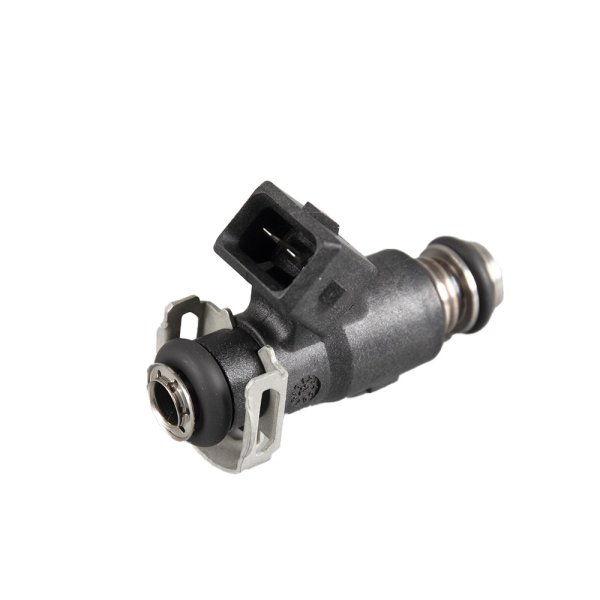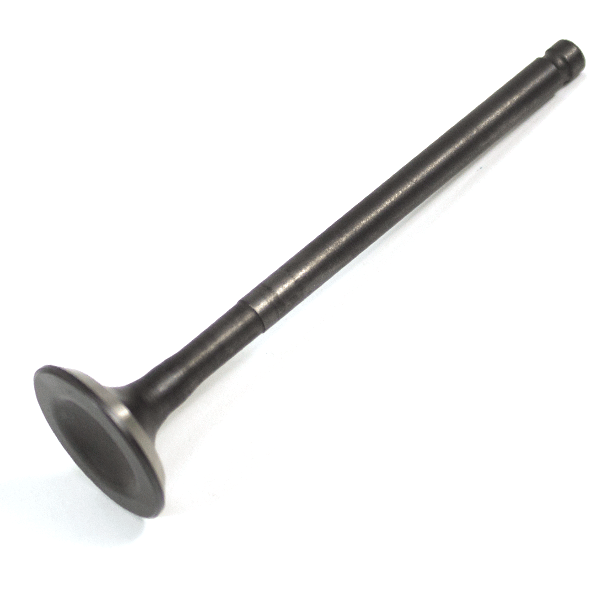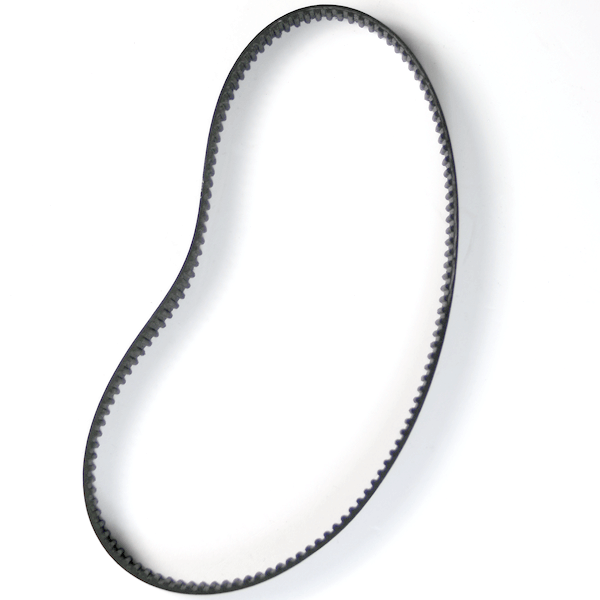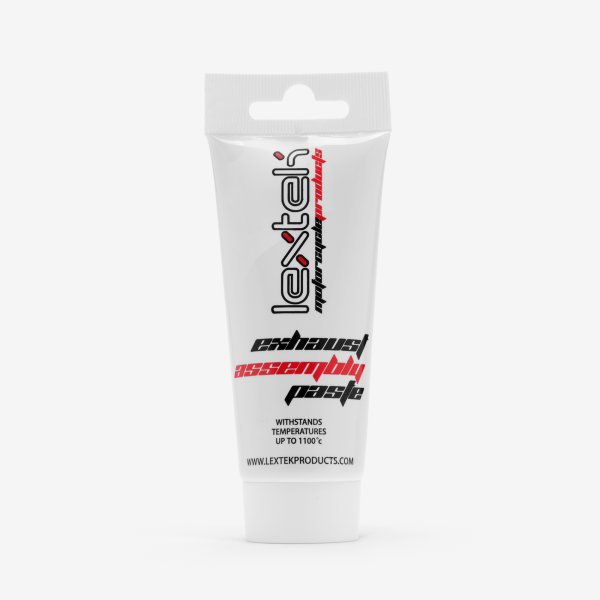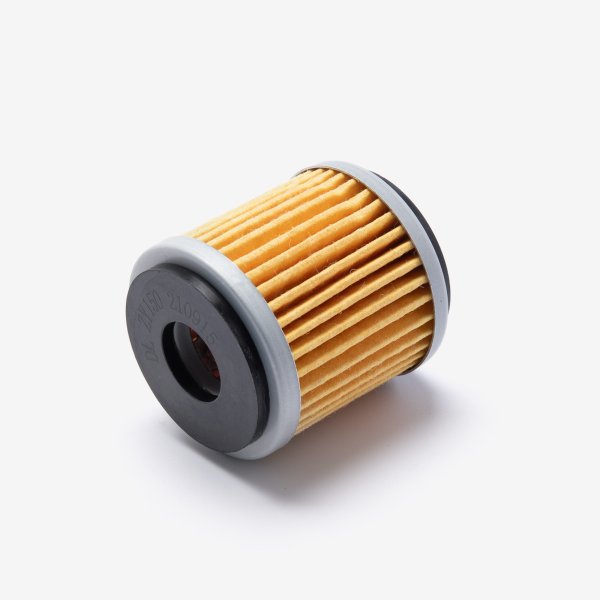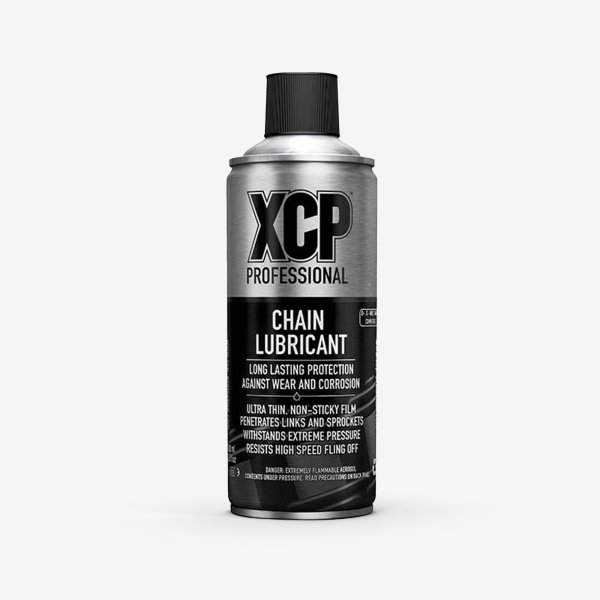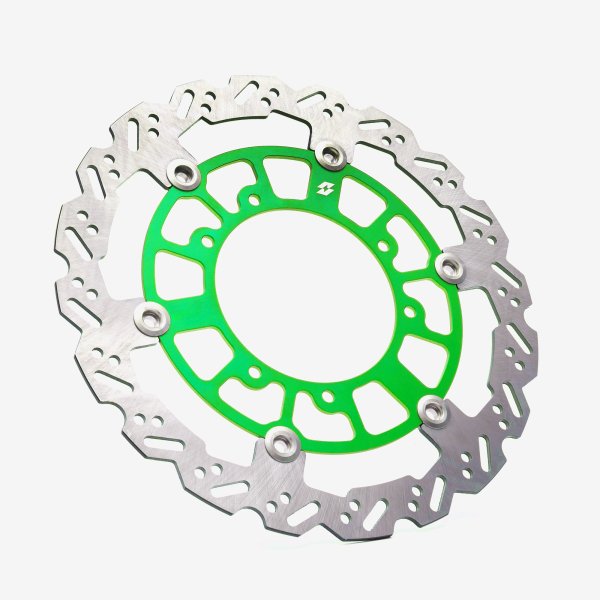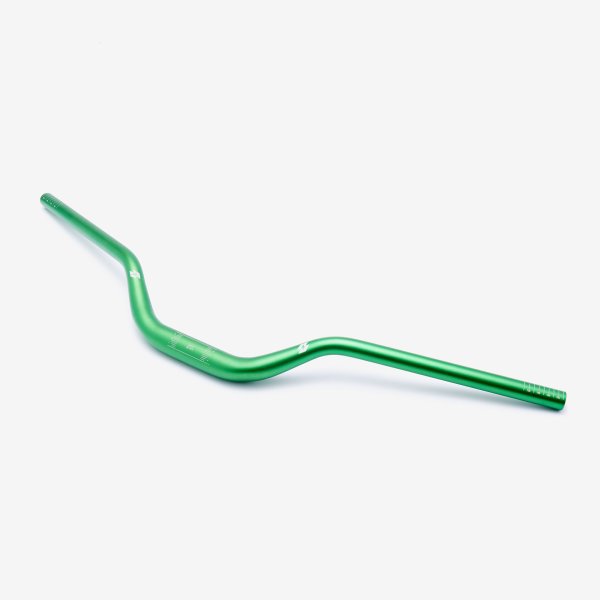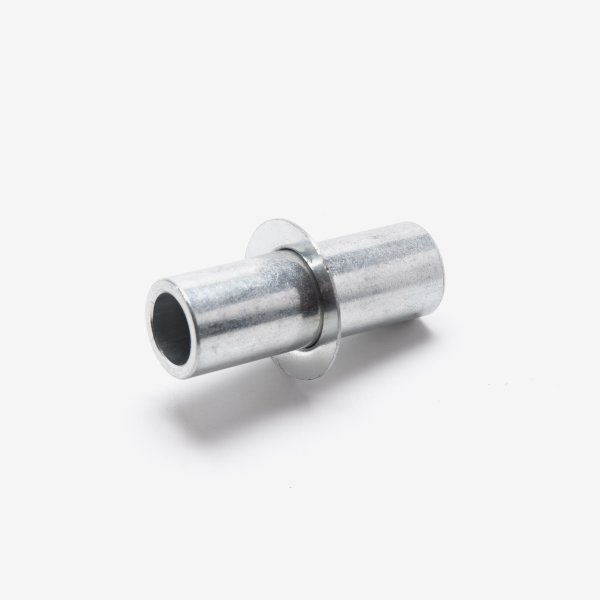Search parts for your vehicle
It is time to follow this easy check guide to make sure your machine is ready to tackle the winter months ahead.
This year saw a huge increase in new riders hitting the streets on two wheeled vehicles and we are here to help in keeping you as safe as possible. Whether they are petrol powered or electrically charged, maintaining your motorcycle is one of the most important aspects of ownership. Winter should not put you off from riding, and with added piece of mind we hope to see you through to the warmer months.
Download Winter Checklist PDF
Check for any visual damage. Look for cracks, uneven wear or foreign objects that might be imbedded. Is your tread within the legal limit of 1mm? This is the very minimum and we would advise swapping your rubber if you are anywhere close to this - especially for winter riding.
Without tread your bike will handle poorly and will not be able to disperse water in the rain.
Also, check the rim and hub for any signs of damage and if you have spokes, ensure none are loose. Make sure your tyres are inflated to the correct pressure.
Without tread your bike will handle poorly and will not be able to disperse water in the rain.
Also, check the rim and hub for any signs of damage and if you have spokes, ensure none are loose. Make sure your tyres are inflated to the correct pressure.
Arguably the most important checks you can make are with your brakes. Start with the pads; do they show signs of excessive or uneven wear? Check the discs for any signs of damage or cracking. Are there any cracks or leaks coming from the brake lines?
Before heading out, test your front and rear brake independently. Listen for any scraping, squeaking, or rubbing and make sure your bike stops smoothly. Also have a visual check of your levers/pedals to ensure no signs of damage and they all have the correct free-play. If you think anything does not look or feel right, have a certified mechanic check over your machine.
Next, have a visual check of your forks and shocks. Ensure no oil leaks are present and that each is free from damage or pitting. With the brakes on, press down on the front forks and make sure they travel, but not excessively and there is no notchy or clunky feel to it. Having someone help you hold the bike, press down on the rear suspension, again is there smooth movement? If not, inform your mechanic.
Before heading out, test your front and rear brake independently. Listen for any scraping, squeaking, or rubbing and make sure your bike stops smoothly. Also have a visual check of your levers/pedals to ensure no signs of damage and they all have the correct free-play. If you think anything does not look or feel right, have a certified mechanic check over your machine.
Next, have a visual check of your forks and shocks. Ensure no oil leaks are present and that each is free from damage or pitting. With the brakes on, press down on the front forks and make sure they travel, but not excessively and there is no notchy or clunky feel to it. Having someone help you hold the bike, press down on the rear suspension, again is there smooth movement? If not, inform your mechanic.
Being able to see the road ahead is as important as other road users being able to see you too. Firstly ensure that all light lenses are clean. Then check each light on your bike individually. If any fail to illuminate, check and replace the bulb if necessary. A visual check of any cables can be done to make sure you have no unprotected or frayed wiring. Check every other button or switch which may be present on your switchgear. Lastly the battery - ensure that it is secure in its holder and that the cables are tight and the terminals look clean. Finding any faults now will be better than when you are out on a ride.
Have a close look at your engine from all angles. Check for signs of damage or oil leaks. Check that your spark plug cap is fitted snug and that there is no damage to the HT lead which joins the coil to the cap. Check that the exhaust is fitted tightly and there is no exhaust gases coming from where it meets the cylinder head. Check the exhaust system itself for signs of corrosion or damage. Visually check that the clutch cable appears in good order. Next, take a look at your chain sprockets. Does your chain have the correct free-play (reference owner's manual), and is clean and freshly lubricated. Check the sprocket teeth, are they worn? If you have a drive belt instead; check this for any signs of cracking or damage. If there is any signs of wear to the chain, belt or sprockets, you should pay a visit to your mechanic.
Check the levels of; brake fluid, engine oil and possibly coolant if your bike is water-cooled. Ensure that they all lie in between the max and min lines and top up if required. Check for cloudiness or discolouration and inform your mechanic if you believe something is not quite right.
If you are not sure when your oil, oil filter, or air filter was last changed, now is a good time to get it done. We would always recommend contacting your dealer for general servicing requirements and always keep to any maintenance schedules you received within your owners manual.
If you are not sure when your oil, oil filter, or air filter was last changed, now is a good time to get it done. We would always recommend contacting your dealer for general servicing requirements and always keep to any maintenance schedules you received within your owners manual.
Often overlooked, but just as important as all else mentioned, your riding gear is what protects you and allows for safe and comfortable riding. How old is your helmet? Generally, replace every 3-5 years, as long as it has not been dropped or damaged. Make sure it still fits snug and your visor is free from scratches. A good jacket and trousers with CE approved protection is a must for any ride – even short journeys.
Gloves will be needed and making sure you get the correct size is imperative, so you have complete control when riding. Never use gloves which do not fit correctly.
Boots need to be durable, waterproof, and cover your ankle. Motorcycle specific boots are a great investment.
Emergency tool kit on your bike could be the difference between making it to your destination and calling for recovery. Include a chocolate bar, just in case it has to be the latter, but keep it stored away from heat sources! Nobody wants to see chocolate dripping from underneath your seat.
Gloves will be needed and making sure you get the correct size is imperative, so you have complete control when riding. Never use gloves which do not fit correctly.
Boots need to be durable, waterproof, and cover your ankle. Motorcycle specific boots are a great investment.
Emergency tool kit on your bike could be the difference between making it to your destination and calling for recovery. Include a chocolate bar, just in case it has to be the latter, but keep it stored away from heat sources! Nobody wants to see chocolate dripping from underneath your seat.
Safe riding!
Top Sellers
Featured Items
New Arrivals
-
Your Cart
(0 Item(s) in Cart) -
No item(s)
-
Subtotal
£0.00 -
- Checkout
